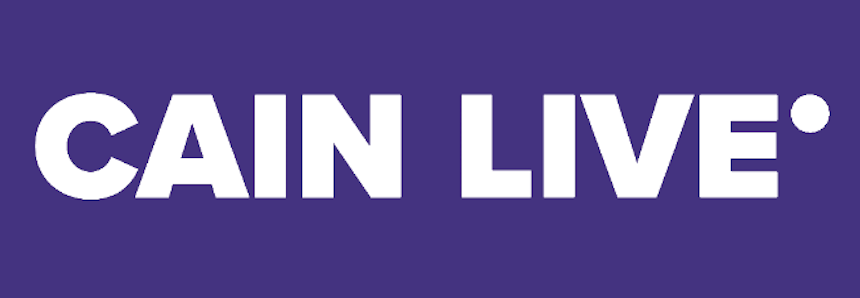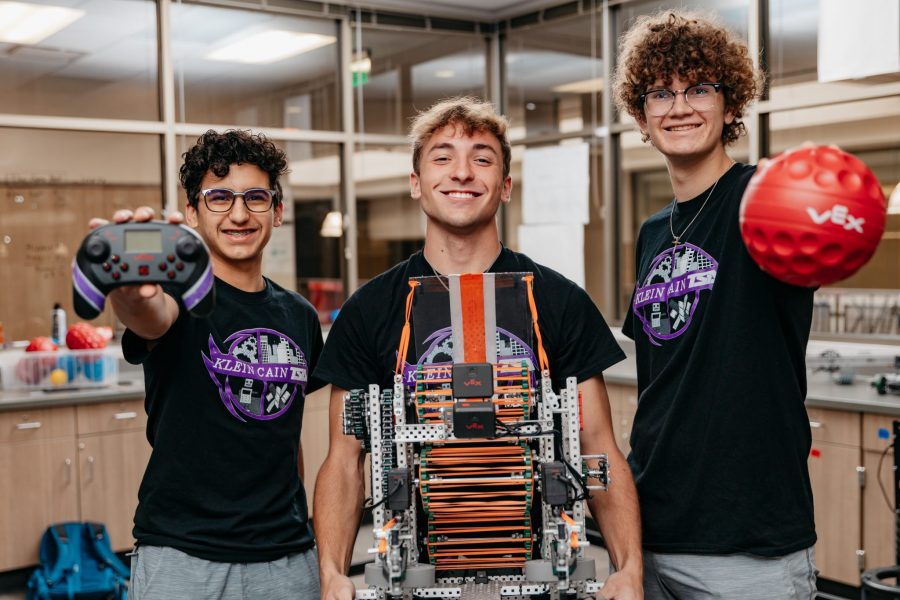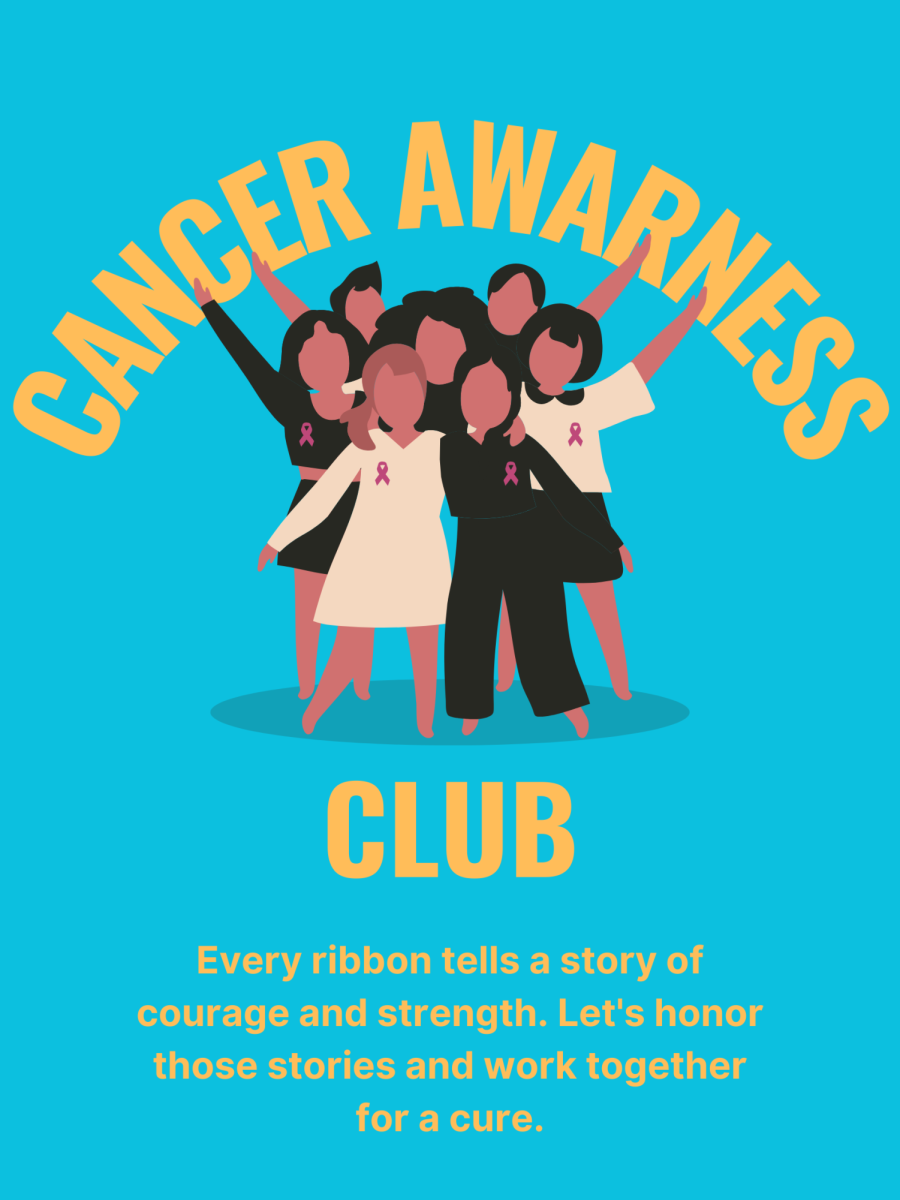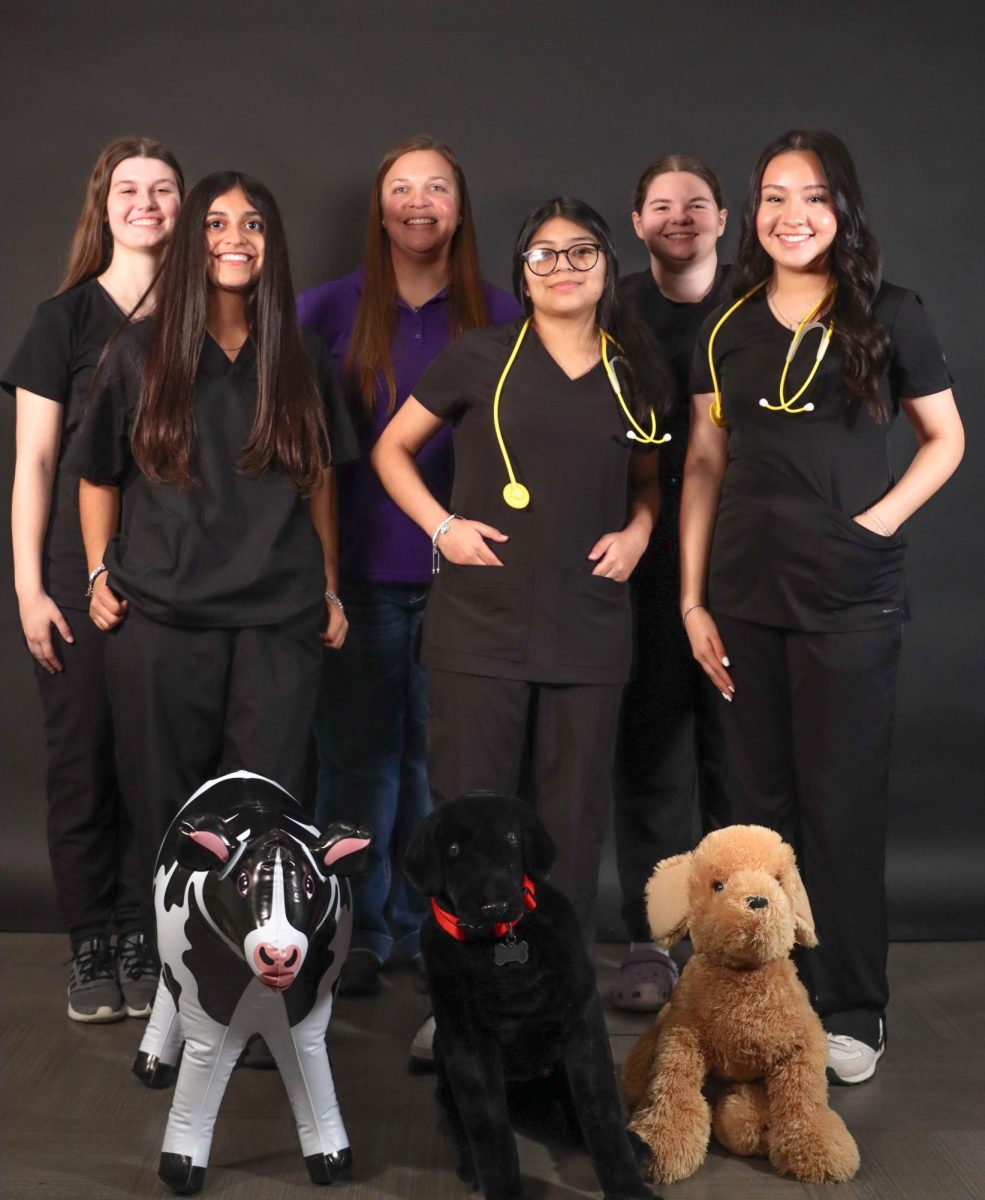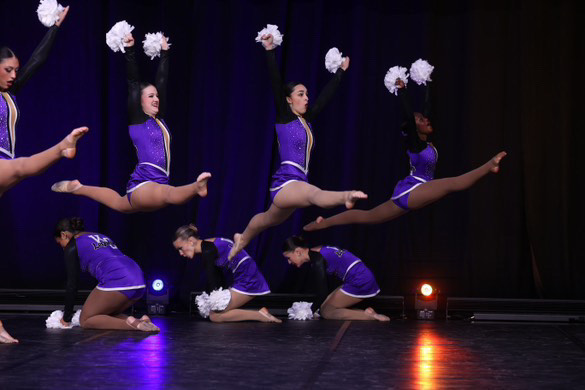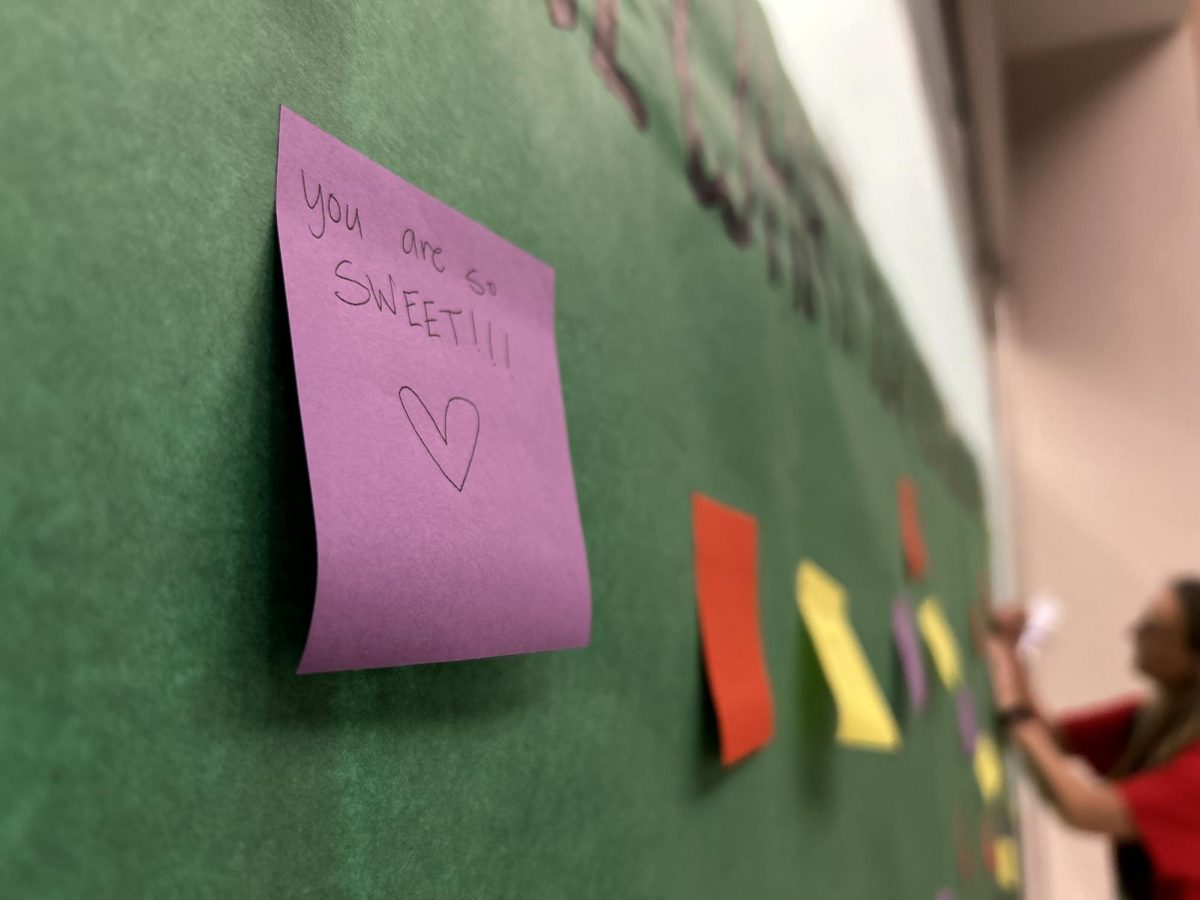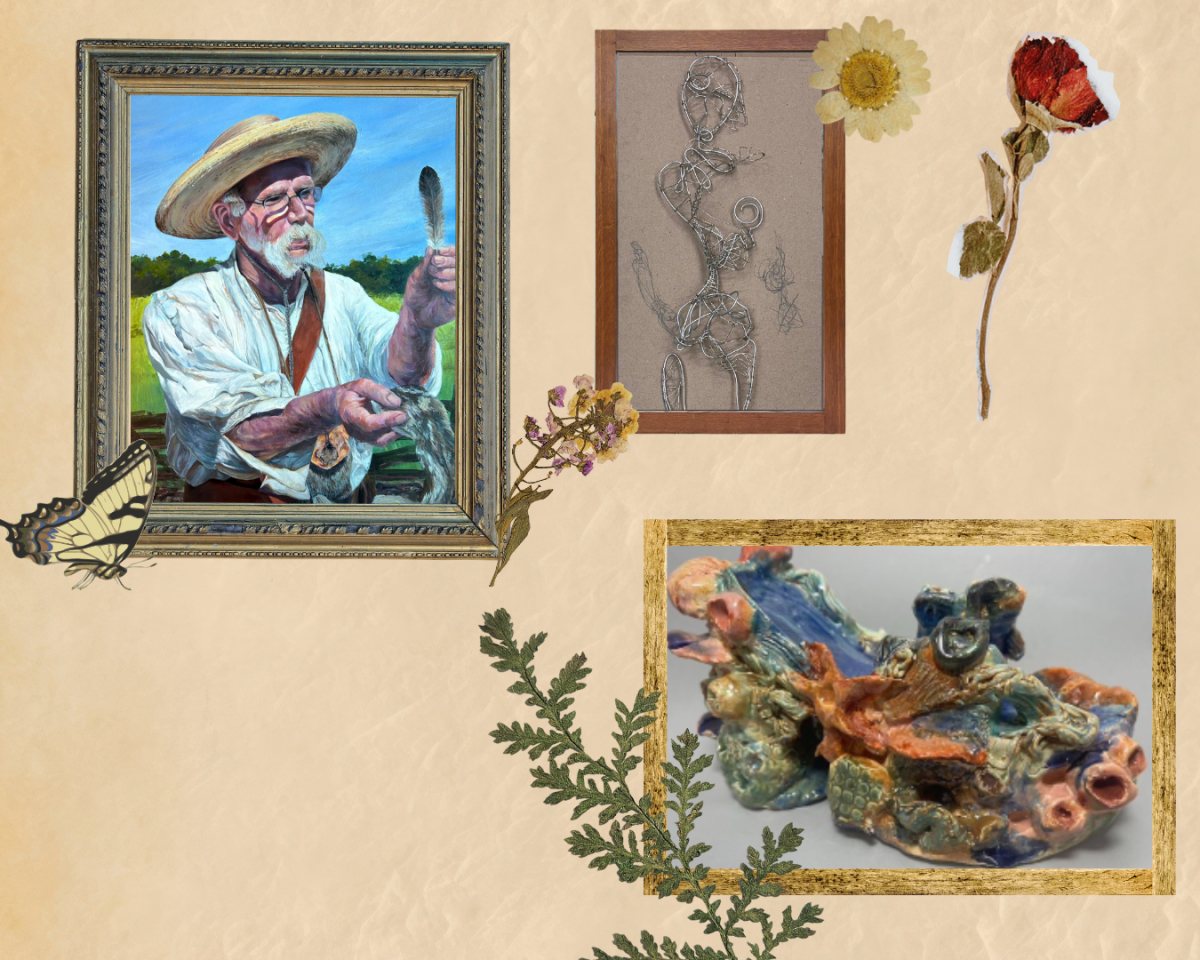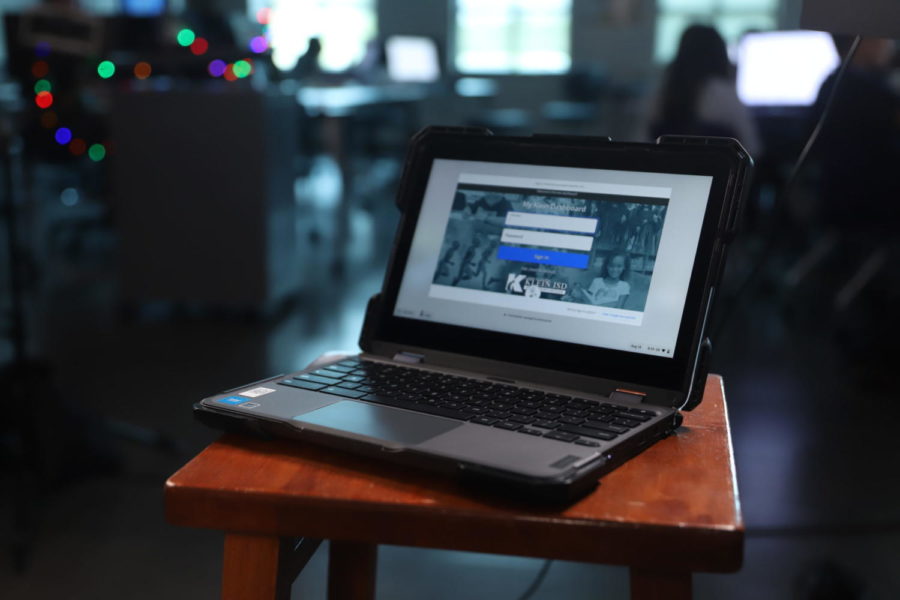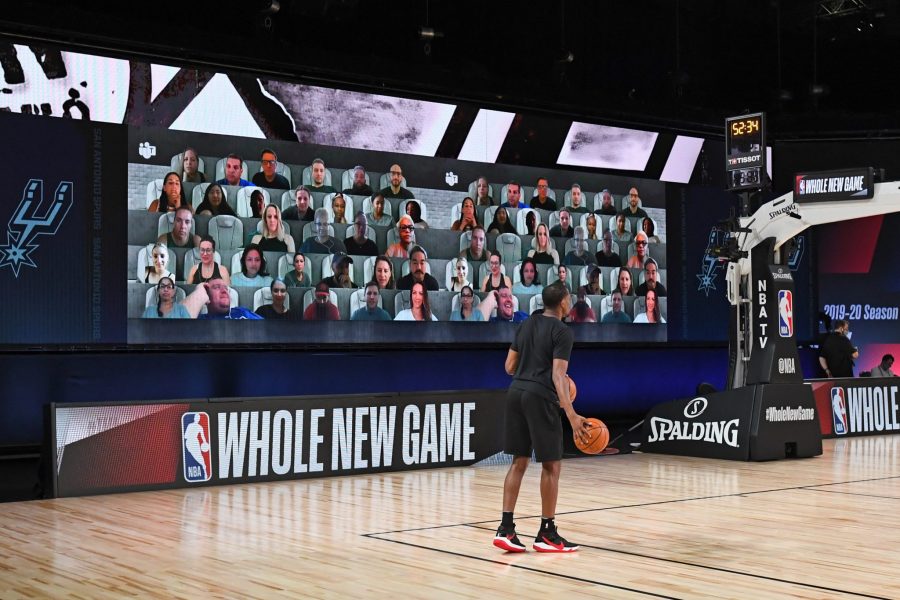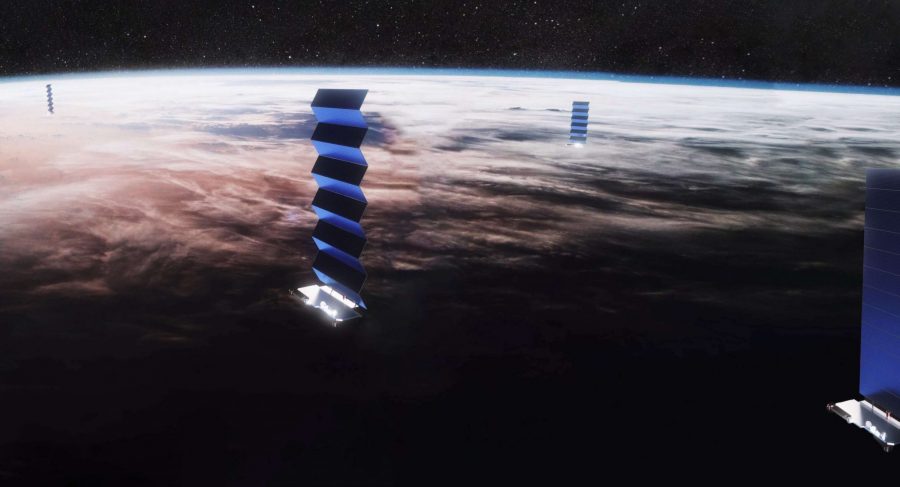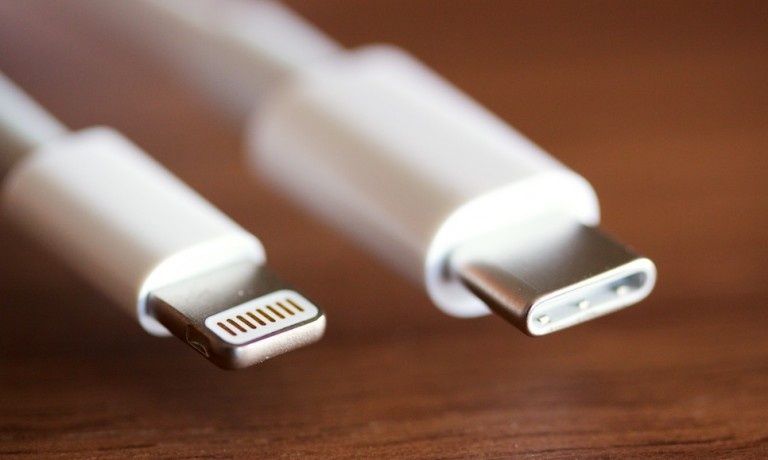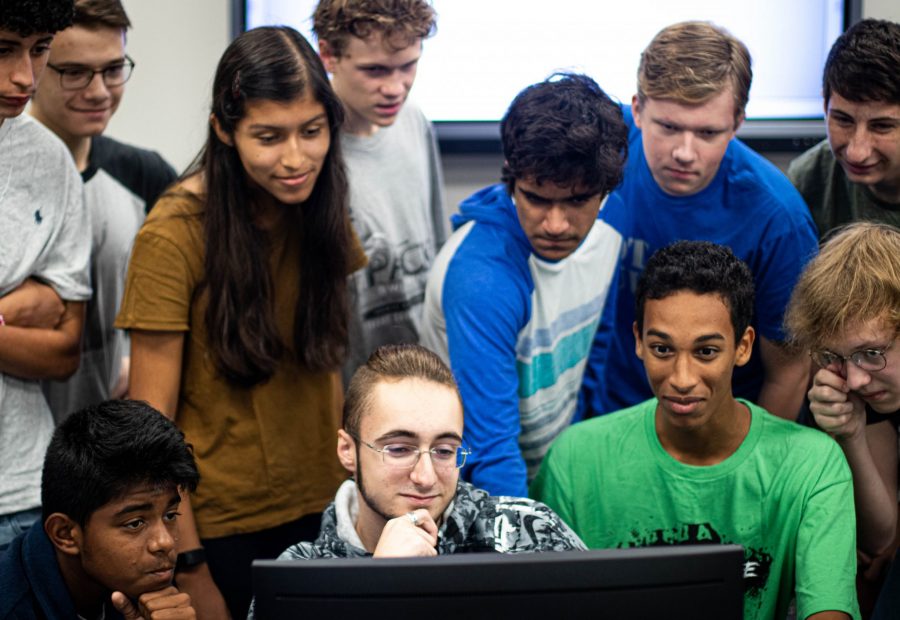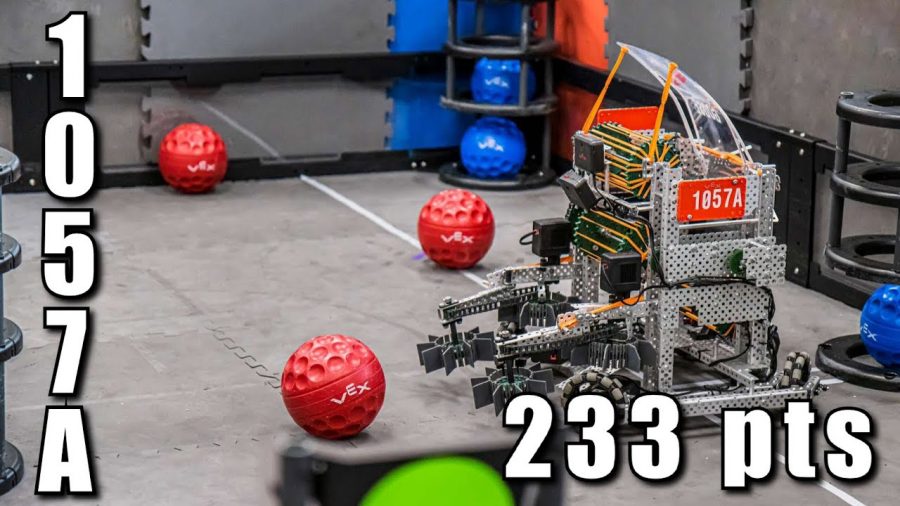
After countless nights spent in the engineering room and more than nine months of preparation, the robotics team trio secured first place by a landslide with their custom-built robot, “Goose”. A feat that–they say–wouldn’t have been possible without the intensive commitment from everyone involved. Those involved including themselves, past student mentors, and Mr. Joe Malchar [who guided and taught them along the way].
For their competitive event, the team competed in the Texas TSA State “Virtual Skills” competition. And for the event this year, TSA had each team compete in the “Change-up” challenge.
“[For the challenge,] there is a field with 9 goals. In the goals, there are blue balls, and all around the field are red balls. To put it simply, the goal is to put as many red balls in the goal as you can while taking out blue balls. You get a point for each ball put in, and then multipliers for each row that you make, kind of like tic tac toe,” said senior Wyatt Ferguson, who programmed Goose.
Beginning their event in June 2020, the trio had already drafted out designs for the robot. And through the drafts, they determined what would work best for the challenge. However, since the challenge came with a few constraints, planning didn’t always come easy. And after planning, once building took place, even more problems arose due to those constraints.
“The challenge for building came when we had to keep everything in the 18×18 constraint,” said junior Brian Green, the driver and assistant builder of the robot. “Once all of the complex components were on the robot, it was definitely a task to keep them within those constraints. The hardest component to keep within the 18×18 was our arms as they extended to almost double our length measurement. But, we were able to overcome this with unique new designs and mechanisms.”
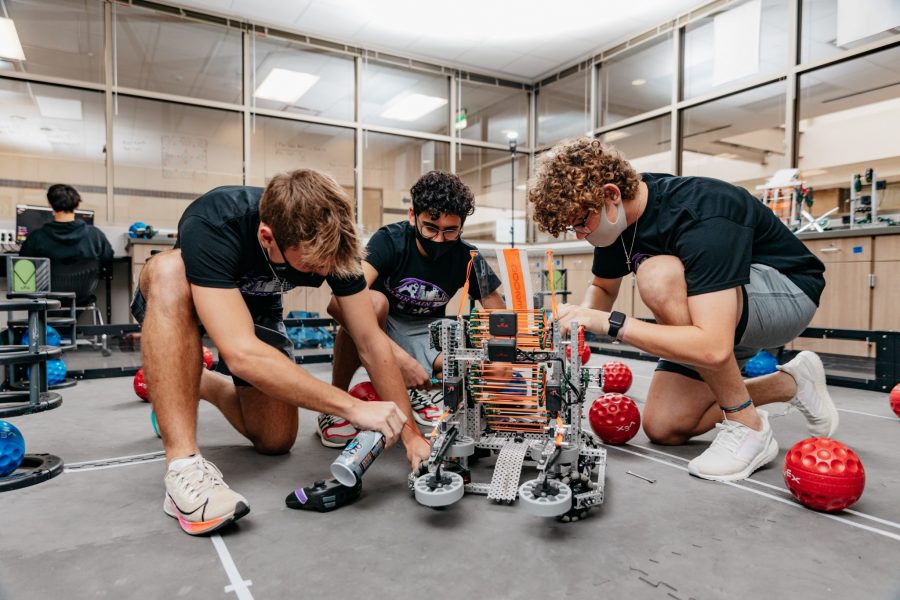
By Oct. 2020, the team had finally finished building their first working prototype. But now came the difficult part of making sure the robot would perform well come Feb. for regionals. That included installing new sensors, improving its software, and other minor improvements. However, in spite of that, there were still some day-to-day troubles.
“The hardest part about all of this, as the lead builder, was having to deal with all of the things out of our control,” said junior Alexander Etienne, the lead builder and designer. “There would be days that we would come in and the robot didn’t want to shoot balls out of the top efficiently. But the next day, it would work perfectly with no adjustments. We had to work around these issues and ultimately try to reduce our margin of error so that if something was out of our control, our robot would counteract this on its own and allow itself to be successful.”
Ultimately, though, the team says that the multitude of refinements made to Goose’s hardware and software worked. And with the 94 points earned at their first competition of the school year, this shows that it did. For their days competing though, the team spent even more time and effort into producing the best version of Goose.
“We were in the engineering room basically every day plus the amount of hours after school work that we put in as well as the late nights,” said Green. “That final week of competition, preparing for state, we were in the engineering room for about 60 hours plus.”
The worst day of that final week, they say, was the last day. Because on that day, despite them having great backup recordings of Goose in case anything had gone wrong, TSA changed the video rules. A last-minute change that caused the team to have no option left except to perform extraordinarily well the day of the competition.
“We had no extra lives, it was all up to this day,” said Ferguson. “We spent the whole morning trying to get a decent score, but nothing was working as well as it had previously. We were feeling the pressure. My team wouldn’t be able to stay after school due to other commitments, so we had about two more attempts or we would have no shot at placing in State.”
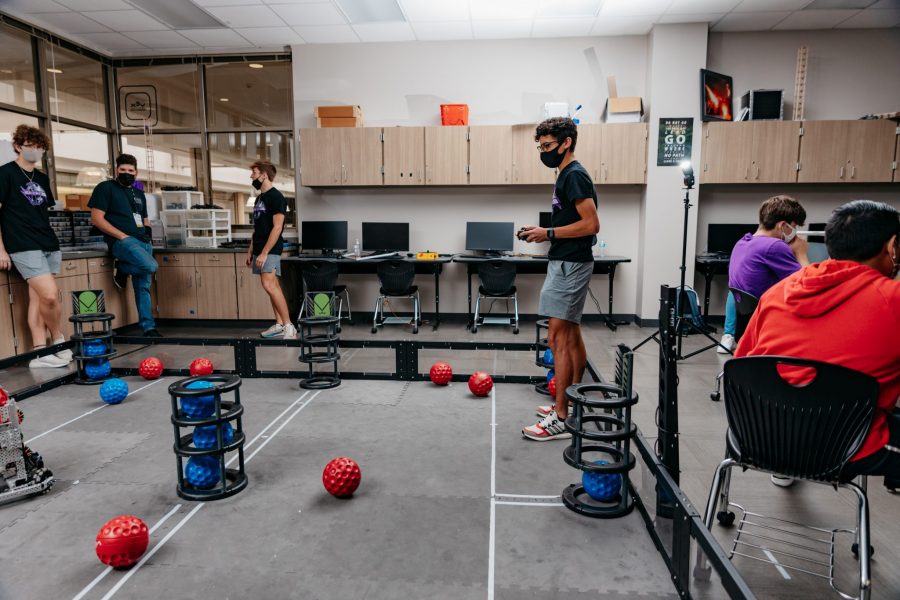
After they exhausted one of their last two attempts, they went in for their final one.
“It was the most nerve-wracking moment of the year. Autonomous was first. I know the code like the back of my hand and as Goose ran, I knew it was the one. At that moment we scored our highest autonomous score yet, 114 points. The pressure was on for our driver, Brian Green. He had to follow this up perfectly or it would be worthless. In the first 40 seconds of his run, Brian had scored even higher than our previous manual high score, using the rest of the time to get us to an incredible record of 119 points. It was a near-perfect run, just in time,” said Ferguson.
Compared to other teams competing, the team won by a landslide with the second-highest autonomous score only hitting 39 points.
“The reason we won by such a large margin can be attributed to the efficiency of our robot,” said Etienne. “Goose did every task that was needed with such ease and allowed our driver, Brian Green, and coder, Wyatt Ferguson, to accomplish their jobs. Other than that, our autonomous code and just coding design, in general, excelled above the rest of the competition.”
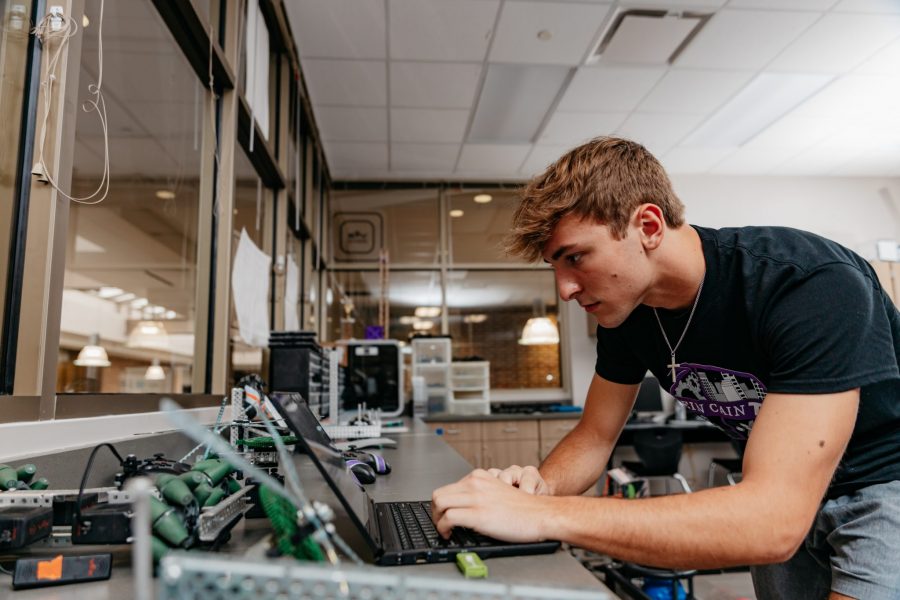
Although the trio performed phenomenally from the way they initially designed the robot to the way they performed during the competition, they also attributed their success to a myriad of other factors.
“A big inspiration for me was our former robotics team here at Cain, Linden Settles and Corbin Braband, and the[] success that they found at the state and national levels,” said Etienne. “We looked up to them, and when you look up to a group of people you never really imagine yourself ever standing where they stood. So knowing that they set forth this legacy of dedication, hard work, and success and that we were able to live up to that, is what makes this all still surreal to me.”
Factors that not only included past student mentors, but their families and their advisor as well.
“I would like to thank Mr. Malchar because he has seen us through thick and thin. He has always been there for us when we need him and has worked to push us to reach our potential. [Also,] I would like to thank my family for letting me be at school more than at home,” said Green.
To see the video demonstration they submitted for the competition, check out this link.

